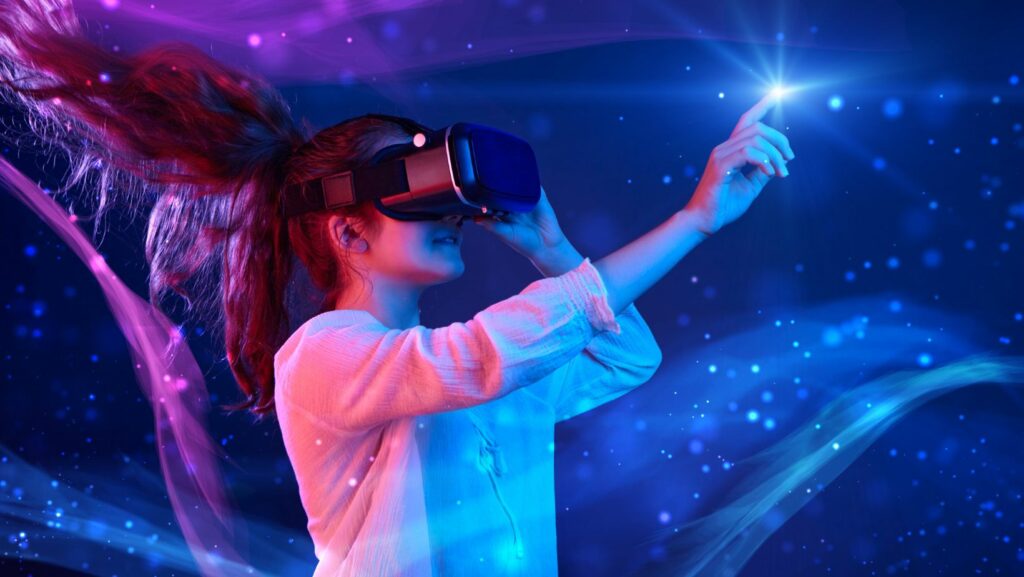x`Excited to delve into the dynamic world of virtual reality development, I’ll guide you through the latest trends and innovations shaping this cutting-edge technology. From immersive gaming experiences to revolutionary training simulations, virtual reality is revolutionizing how we interact with digital environments.
Exploring the endless possibilities of virtual reality, I’ll uncover the tools and techniques that developers are leveraging to create captivating VR experiences. Join me on this journey as we unravel the complexities of VR development, from designing realistic 3D environments to optimizing user interfaces for seamless interaction.
Virtual Reality Development
The Historical Context
Exploring the historical context of virtual reality development unveils a timeline marked by innovation and evolution. From the conceptualization of VR in the mid-20th century to its mainstream adoption in various industries today, the journey of VR development is a testament to human creativity and technological advancement.
Major Milestones in VR Development

Reflecting on the major milestones in VR development showcases significant breakthroughs that have propelled this technology into the spotlight. From the emergence of the first VR headsets to the development of immersive storytelling techniques, each milestone has contributed to shaping the VR landscape as we know it today.
Key Players in the Virtual Reality Market
Continuing from the strides made in virtual reality development, let’s delve into the significant players shaping the VR market. From big tech innovators to emerging startups, the landscape is vibrant and diverse, driving the evolution of this immersive technology.
Big Tech Innovators
In the realm of virtual reality, established tech giants like Facebook’s Oculus, HTC, and Sony have been instrumental in advancing the capabilities of VR technology. These companies have not only developed cutting-edge VR headsets but have also invested heavily in content creation and platform integration. For example, Facebook’s Oculus Rift series has revolutionized the VR experience with its high-quality displays and immersive gameplay, making it a frontrunner in the market.
Emerging VR Startups
Alongside tech behemoths, a wave of innovative startups has been making waves in the virtual reality space. Companies like Magic Leap, a Florida-based startup, have garnered attention for their spatial computing technology, blurring the lines between the digital and physical worlds. Magic Leap’s Magic Leap One headset offers users a unique mixed reality experience, adding a new dimension to how we perceive and interact with virtual environments. These emerging startups bring fresh perspectives and disruptive ideas to the VR industry, pushing the boundaries of what is possible in virtual reality development.
Understanding VR Technology
Hardware Components

When it comes to virtual reality development, understanding the hardware components is crucial. VR headsets are the primary hardware used to immerse users in virtual environments. These headsets typically consist of a display screen, lenses, and motion sensors. The display screen is split into two sections, one for each eye, to create a stereoscopic 3D effect. Lenses are used to focus the image for each eye, while motion sensors track head movements to adjust the view in real-time. High-quality hardware components are essential for a seamless and immersive VR experience.
Software Platforms
In VR development, software platforms play a vital role in creating, rendering, and optimizing virtual environments. Developers utilize specialized software tools and platforms to design interactive VR applications. These platforms provide features such as 3D modeling, animation, physics simulations, and programming interfaces to bring virtual worlds to life. Popular software platforms for VR development include Unity, Unreal Engine, and SteamVR. Leveraging the capabilities of these platforms allows developers to design captivating VR experiences that push the boundaries of technology.
In wrapping up, virtual reality development continues to soar with groundbreaking innovations and technological advancements. The dynamic landscape, shaped by industry giants and innovative startups, is propelling VR into new realms of possibility. From cutting-edge headsets to immersive content creation tools, the evolution of VR technology is reshaping how we interact with digital environments. Understanding the components and software platforms driving VR development is crucial for developers and enthusiasts alike. As we witness the ongoing evolution of virtual reality, it’s clear that the future holds limitless potential for transformative experiences across various sectors. Embracing this wave of innovation is key to staying at the forefront of the ever-evolving VR landscape.

